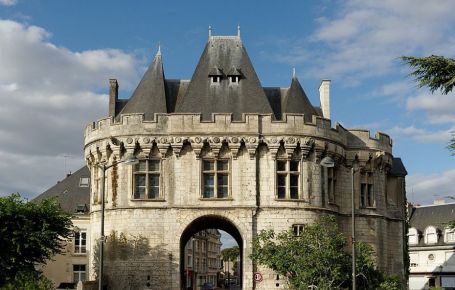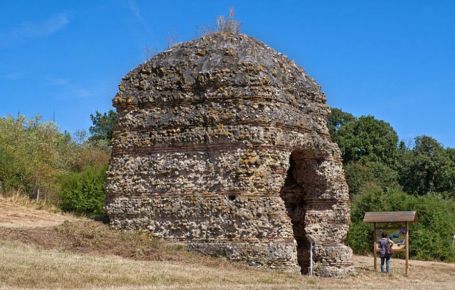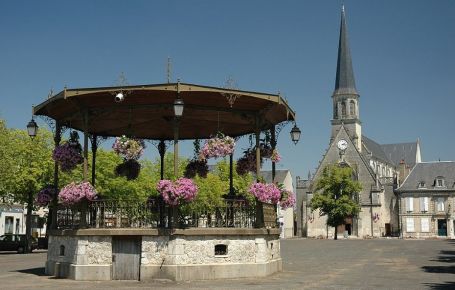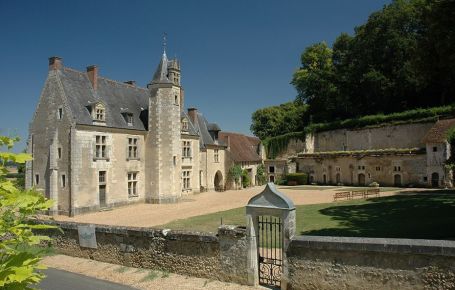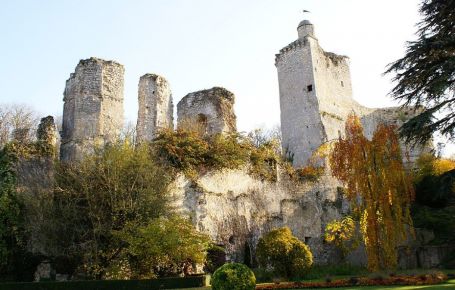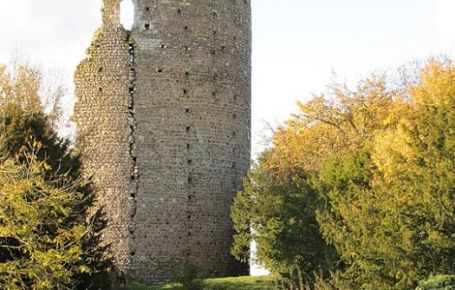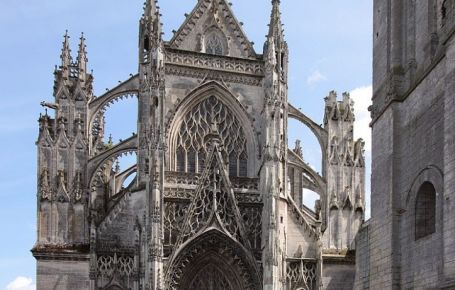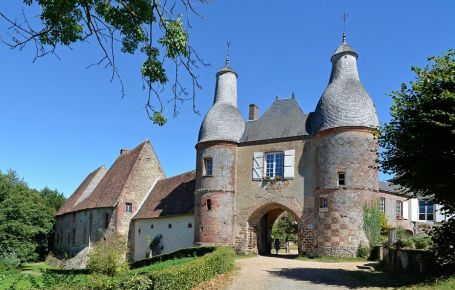Vendôme, city of art and history, conceals many buildings. Follow the nails on the ground to discover them at your own pace. Let yourself be amazed by the Abbey of the Trinity and its cloister, the Saint-Jacques chapel, the remains of the Bourbon-Vendôme castle... The many green spaces and gardens on a hundred hectares, always in bloom and maintained with passion, allow you to rest between 2 visits.
In the Vendôme area, many sites are worth a visit: in Mondoubleau the 11th century fortress with its keep, the troglodytic village of Villiers-sur-le-Loir, the ruins of the feudal castle and the Griset tower in Fréteval, the Manoir de la Possonnière in Couture-sur-Loir,
The Loir valley can also be discovered thanks to the tourist train of Thoré-la-Rochette.
A wine with an appellation d'origine contrôlée is produced in 28 communes between Vendôme and Montoire: the Coteaux-du-Vendômois (classified AOC in 2001). The red wines are blended wines based on the dominant Pineau d'Aunis, complemented by an addition of Gamay or Pinot Noir, the grey wines are exclusively made from Pineau d'Aunis, the white wines are mainly made from Chenin... But you may prefer the Bière de Ronsard.
The manor of the possonniere
Couture-sur-Loir, a charming village nestling on the banks of the Loir, is home to the Manoir de la Possonnière (listed as a historical monument since 1862), the birthplace of the poet Pierre de Ronsard nicknamed "The Prince of Poets". The castle was restored in the 19th century. Since 2004, a rose garden houses 200 different varieties of roses.
You will be seduced by the peace and quiet of this Italian Renaissance style manor where the poet spent a large part of his childhood.
The surrounding nature was his first source of inspiration and you will find in his works, notably "Les Odes", the Bellerie Fountain and Isle Verte.
The Templar Commandery of Arville
Founded in 1130, this Templar commandery, one of the best preserved in France, was a centre for the recruitment and military training of the Templars before their departure for the Holy Land.
After the Templars were arrested, when Pope Clement V suppressed the order in 1312, the commandery reverted to the Order of St. John of Jerusalem. The hospitallers occupied the premises until the French Revolution.
The entrance is through an imposing 12th century porch surrounded by two 15th and 16th century brick towers. Once inside, a visit in the form of a tour allows you to discover the dimière barn (where the hospitaliers stored the tithe taken from the region), the watchtower transformed into a dovecote in the 16th century and the Templar church with its beautiful Romanesque windows. The interior is in a very pure Cistercian style.
The Commandery Museum offers you a lively interactive visit where everyone will spend, at his or her own pace, an instructive and entertaining moment.
To end the visit, you can stroll in the medieval garden.
